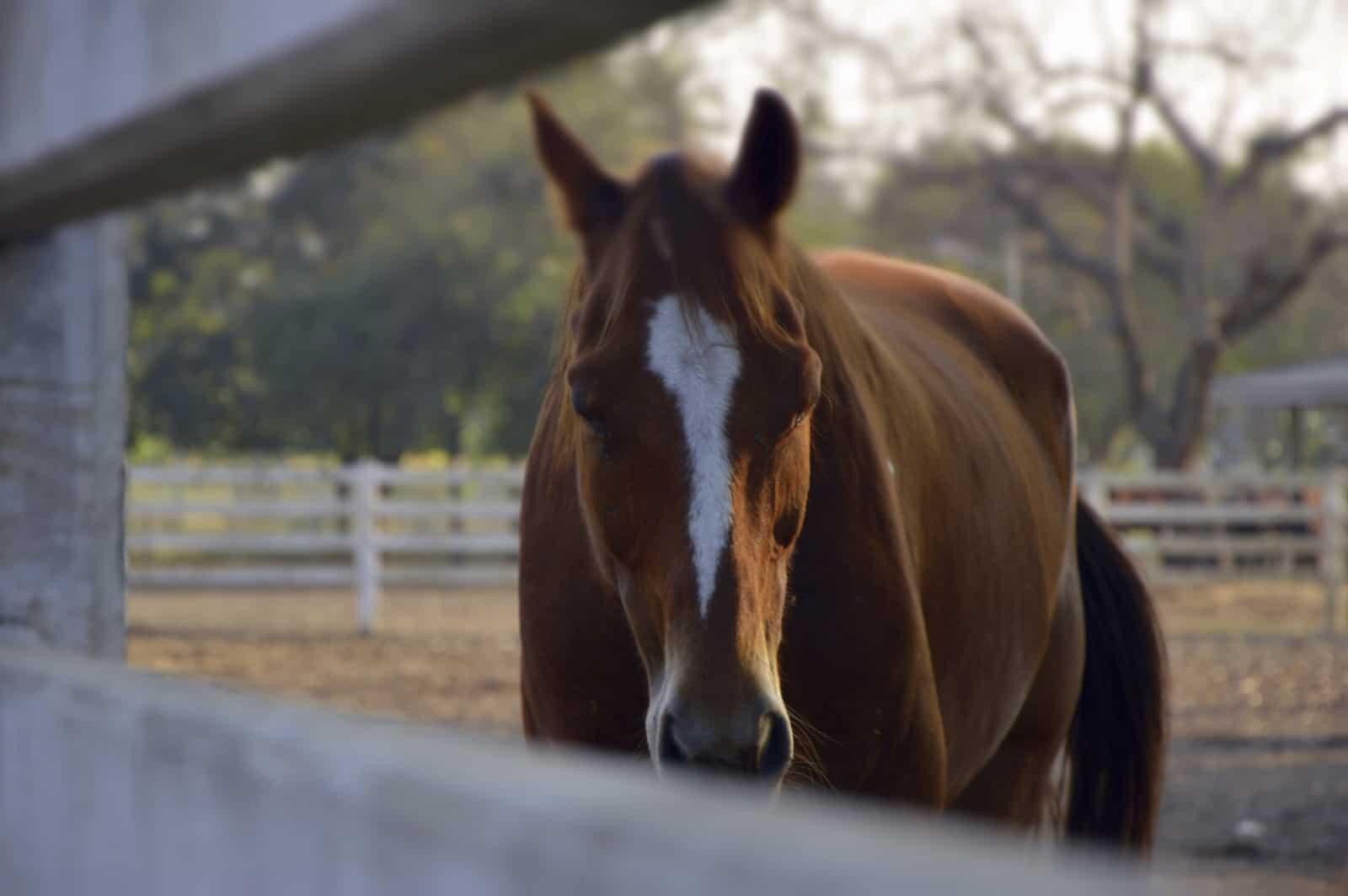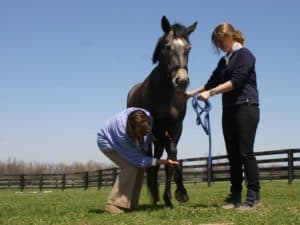Biomarkers: The Future of Equine Pain Diagnosis and Prevention?

When a horse limps, bobs his head, and moves gingerly, you know he’s lame. But sometimes we don’t have the luxury of such obvious signs. Subtle lameness can affect our horses’ mood, health, performance, and welfare. While researchers are working on ways to pick up on subtle lameness—including saddle slip and facial expressions of pain—recognizing those signs remains difficult and subjective.
That’s why Chilean researchers have been looking into lameness markers—in spinal fluid. Their work is revealing physiopathological processes that occur specifically when lameness goes from acute (short-term) to chronic (long-term).
“Sometimes we forget that most lameness originates from a painful condition that can affect more than just a single limb,” said Hedie Bustamante, PhD, of the Universidad Austral de Chile Faculty of Veterinary Sciences, in Valdivia. “This might originate in an acute condition, but it’s very common that horses with chronic conditions like osteoarthritis, navicular disease, and chronic laminitis end up developing chronic pain
Create a free account with TheHorse.com to view this content.
TheHorse.com is home to thousands of free articles about horse health care. In order to access some of our exclusive free content, you must be signed into TheHorse.com.
Start your free account today!
Already have an account?
and continue reading.

Written by:
Christa Lesté-Lasserre, MA
Related Articles
Stay on top of the most recent Horse Health news with












